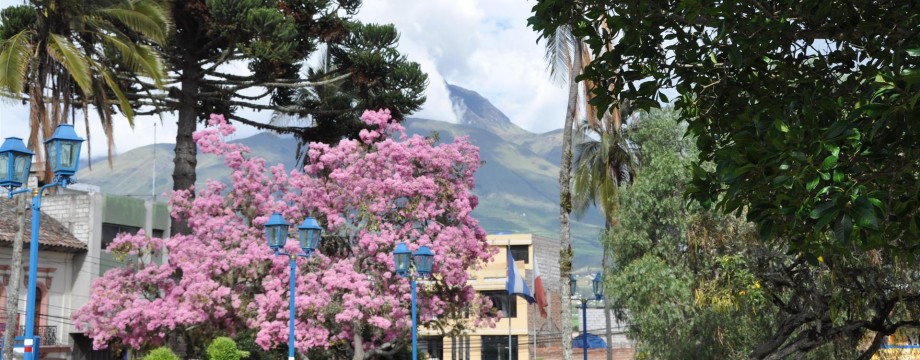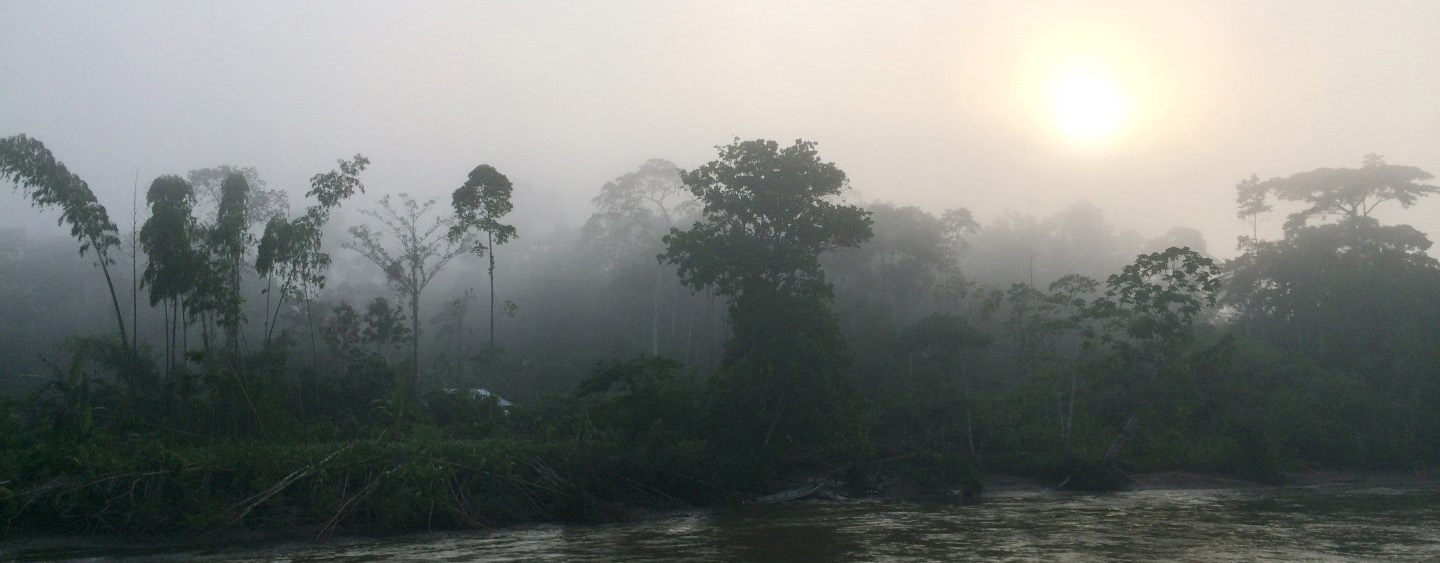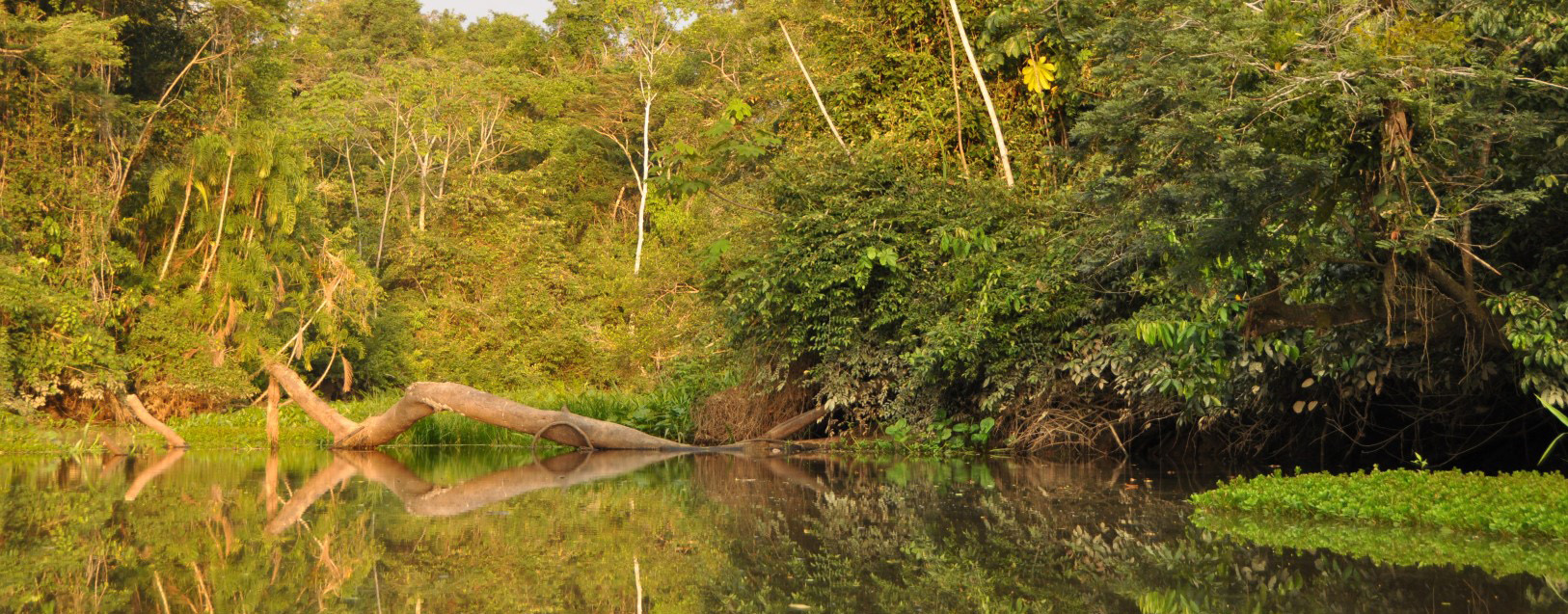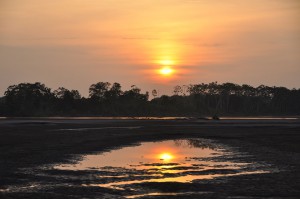This is a three part series on the Kichwa people living near the Yasuni National Park in the eastern Ecuadorian Amazon Basin along the Napo River. In Part 1 of the series, we discuss the village, schools, and infrastructure. In Part 2 of the series, we visit a Kichwa farm. In Part 3 of the series, we visit a cultural center and see how the Kichwa women are working to preserve their culture.
Part 2 – The Farm
During our recent trip to the Amazon, we have several opportunities to visit with the local indigenous population. We were able to visit a Kichwa community, a Kichwa farm, and a Kichwa cultural area.
The Kichwa (or Quechua) are an indigenous people in South America. They speak the Kichwa language, which is also the same language the Inca’s spoke. They are found primarily in Ecuador, Peru, Bolivia, Chile, Colombia, and Argentina. Total population of Kichwa people is between 10 and 11 million people, with about 2.5 million of them in Ecuador.
In Part 1 of the series, we looked at a village commune and visited a school.
Our second visit was to a Kichwa farm. Read more →



